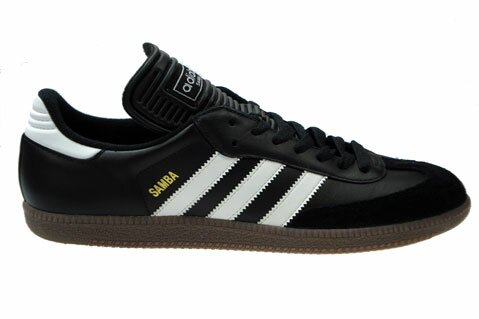Again, I'm not standing or even just sitting on a bouncy ball. That image is a joke.
This was exactly my line of thinking and the entire reason I thought the balance ball existed. People might want to make fun of me "tightening my ass" but my entire core is forced to be held in a tense position while balancing the ball on my back. The whole idea of using it was based on this thread's advice that I should focus on compound workouts.
I'm not lifting a barbell on a ball, I said I am using dumbbells.
Plus, the only actual weights I was using while on the ball was for the bench press and crunch. I'm doing modified low weight squats and lunges to build up my quads and glutes so I can eventually do a regular Full Squat. All the exercises I'm doing for my arms (biceps, triceps, forearms), shoulders, back, and whatever muscles groups a pull-up works out is done off the ball.
I DON'T have a trainer! I never had a trainer and I'm never going to pay for a trainer. This was a fitness evaluation like I said... a series of exercises to measure my strength, balance, and endurance. Half the time was spent doing push ups, pull ups, stretching, lunges, etc... measured my weight, body fat percentage, range of motion, and generally figured out where I was at.
He never gave me a routine to follow. The entirety of his advice was, "we should probably focus a little more on your back and core because your posture isn't good and it looks like your shoulders are weak". If I actually wanted a routine and advice from him I would of had to pay for some follow up training sessions which I didn't. Not sure what's hard to understand here... it was an evaluation, not a training session.
My thoughts: Balance balls can be useful as a specialized tool to supplement your training with, not base your core movements around. Let's break it down: if you want to start squatting and benching, you hesitate because your core muscles may not be up to snuff. The best way to get these muscles built/strengthened is by doing the movement itself--nothing else will prepare your body for it, the way that the basic movement will.
Take squats. There is a reason that you should not squat in running or basketball shoes: it is akin to squatting on a squishing surface, which not only equates to power loss during the movement, but could also be dangerous in some situations. Your feet are your anchor to the ground--a firm plant is REQUIRED for a safe, strong squat. When doing squats on a ball, not only are you doing a movement that won't really be replicated once you start doing real squats, but the mechanics change, by their nature, because you add unnecessary instability.
The same goes for the bench. I can't REALLY use the "feet as anchor" argument in the same way, but consider this: in the bench, your upper back and feet play a considerable role in maintaining a tight movement. Your upper back is your "base"--you want it to be as tight and solid as possible, firmly planted against the bench. Many lifters will put chalk on their shoulders so they "grip" the bench with their shoulders/scapulae. Having an instable surface to bench against is pretty much a cardinal sin. The same goes with your feet--a good bencher will ALWAYS firmly plant their feet against the ground and PUSH, digging their body further into the bench to maintain a strong arch in their lower back, and a strong base overall. There is literally NO way to replicate this on a ball.
To recap: in most movements, other than the muscles that are being directly worked, you want as little extraneous movement and instability as possible. Excess movement/instability leads DIRECTLY to fatigue and power loss and does NOTHING to strengthen your muscles. If anything, it increases the risk of injury.
My advice? Start squatting. Start benching. I understand your concerns/where you're coming from 100%, but you're trying to have your cake and eat it too. By trying to train your stabilizers with these movements on a ball, you're robbing your body of actual knowledge of the lift itself, and its mechanics. Use the ball for accessory movements and strengthen your stabilizers directly, rather than trying to work them indirectly when practicing a squat/bench movement. A lot of beginners get caught up in "preparing" for the actual movement. But benching or squatting with a 45 lb bar is A)light enough to allow you to work on your form/build up any necessary stabilizers and B)allows you to practice the ACTUAL movement you will be doing once you add weight.
And I will agree with others here on barbell vs. dumbbell--I think it is easier to pinpoint and work on a muscle imbalance with a barbell, because you are literally holding a level that lets you (or a friend) tell if you are evenly distributing your force.




